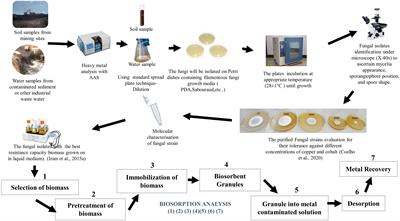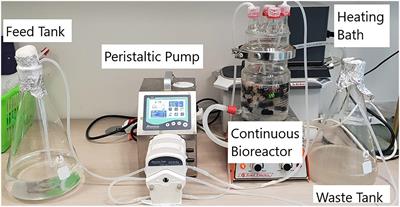EDITORIAL
Published on 04 Jan 2022
Editorial: New Microbial Isolates From Hostile Environments: Perspectives for a Cleaner Future
doi 10.3389/fmicb.2021.740735
- 1,213 views
35k
Total downloads
201k
Total views and downloads
EDITORIAL
Published on 04 Jan 2022
ORIGINAL RESEARCH
Published on 08 Jun 2021

REVIEW
Published on 21 Dec 2020

REVIEW
Published on 26 Nov 2020

ORIGINAL RESEARCH
Published on 23 Oct 2020

ORIGINAL RESEARCH
Published on 12 Aug 2020

ORIGINAL RESEARCH
Published on 11 Jun 2020

